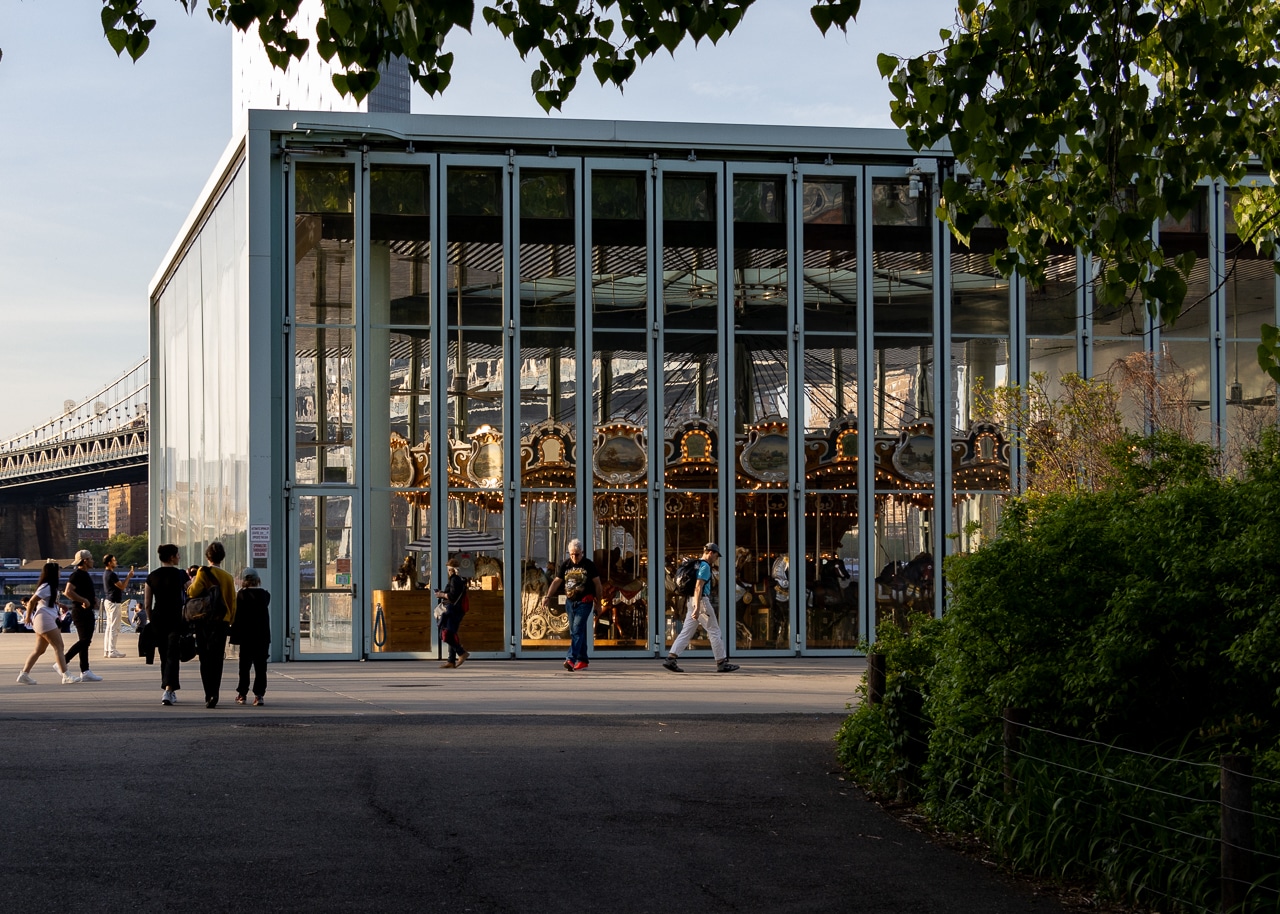Inside Third & Bond: Week 113
This week, the Third & Bond bloggers interview Alan Hajtler, the project’s Director of Construction. Alan came to Hudson in 2007 and has been with Third + Bond from the beginning. As the Director of Construction, what is your role at Third + Bond? Initially bid, award and negotiate the construction management contract, maintain budgets…

This week, the Third & Bond bloggers interview Alan Hajtler, the project’s Director of Construction. Alan came to Hudson in 2007 and has been with Third + Bond from the beginning.

Initially bid, award and negotiate the construction management contract, maintain budgets and oversee the construction managers performance and scheduling. I am also constantly researching more effective ways of implementing the design to improve either the cost or schedule.
What is your first question when we come to you to talk construction on a potential development site? What was the first action item when you heard about the site at the corner of Third and Bond Streets?
Before being served an entree I like to know that the knife, fork and napkin are in place. The same goes for a site, where logistics plays a serious role. So the first thing is to look at the site conditions such as bus stops, elevations and locations of utilities (including overhead), neighboring structures, and soils. All of these impact the ability to build the project.
As I’m doing the site review, I’m thinking about what building product types will work and what is being proposed by my development colleagues.
Why is Third + Bond a CM job rather than a GC job (and explain the difference)?
We chose a CM relationship to be able to partake in the complete process. This includes developing budgets based on the design, and benefiting along with the CM from any savings. We ascertain the net subcontractor costs by being involved in scope review and buyout negotiations. This gives us the ability to make design adjustments within the budget without substantial impact. A general contract is one where the project is based solely on a set of architectural and engineering documents and any changes will increase the base contract.
What were 3 construction decisions that have had a tremendous impact on the project (good or bad)?
– We incorporated independent structural walls to simplify framing this was particularly important because the townhouses needed to step down the slope of Third Street;
– We chose to use a standard metal framing system facade to support the rainscreen that carpenters install instead of the proprietary rainscreen systems that cost almost twice as much;
– We chose to use soldier beams and lagging at the rear property lines in lieu of other much more expensive sheetpiling to excavate for our habitable cellars;
What do you know now that you wish you knew when the project started?
That blower door tests for LEED could detect air transferring through wall outlets.
Are you a native New Yorker? How did you end up in construction?
Born in Brooklyn. I studied architecture and worked for Paul Rudolph, but having grown up in the woodworking business and having worked for my father where if I didn’t have a tool in his hand before he thought of needing it I was wasting his time and not being productive. I always had the desire to build with all of its challenges and continual learning.
You ran your own construction company and since then have worked for other companies. Which do you prefer?
I prefer Hudson’s team of knowledge and strengths. I have the ability to use a knowledge base and implement skills without having to continually sell.
Construction is about working with people as much as it is about bricks-and-mortar. What are some of the characteristics that make a strong team?
This question is germane as strength in communication is strength in implementation; Ability to orchestrate countless people and personalities while setting and accomplishing goals; Thoughtful planning while applying construction means and methods; Attention to detail and deep knowledge of the project drawings, specifications, and architect and owners intent; Ability to mentally zoom in and out on a constant basis in dealing with big picture [schedules, contract commitments, coordination] and little picture [quality, how components work together, alternative thinking] issues.
How do you keep track of what is happening on site?
I have developed many systems over the years that are used to track weekly progress percentages by trade, task, and locations. For example, we do weekly walkthroughs to verify progress first hand. We track subcontractors’ labor and compare it with the schedule and funding requests. We also meet with the CM weekly with an updated agenda discussing all issues.
Each month the contractor requests payment for completed work as well as for stored materials. How do you figure out if the request is accurate? What’s wrong with asking for too much or too little money in any given month?
We complete a report each month that estimates the percentage of work completed in each unit for each trade. Using that report, we’re able to ascertain whether the percentage of funds being requested matches the percentage of work completed. For example, if 15% of the bathrooms are tiled but the tile contractor is asking for 30% of the line item in their contract for installation, we flag the request for discussion.
If a sub asks for too little money, then we run the risk of the job being slowed down when they realize mid-month that they don’t have the funds to pay for labor or supplies. If a sub asks for too much money, which is far more likely the case, then we run the risk of shelling out money and then the sub walking off with it and having insufficient funds to cover the cost of others having to complete the work.
When do you expect construction to be completed at least to the temporary certificate of occupancy stage?
With complexities of testing and commissioning fire sprinkler alarm, boilers, and air conditioning, I anticipate completion by April/May 2010.
What is your favorite unit?
115 Third Street, the garden duplex
What is your dream project?
Burj Carroll Gardens. I thrive on challenges.
Inside Third & Bond: Weeks 1-110 [Brownstoner]
The complete offering terms are in an Offering Plan available from Sponsor. File No. CD080490. Sponsor: Hudson Third LLC, 826 Broadway, New York, NY 10003.









John
i worked there in the mid 70’s with Donald Luckenbill and Peter Mullen. I didn’t know Patrick Casey.
Alan,
Did you work with Paul Rudolph at the same time as a guy I know, Patrick Casey?
So… April/May 2010. We can look forward to Week 125 etc.?! Wowzers. If nothing else, these folks have patience!